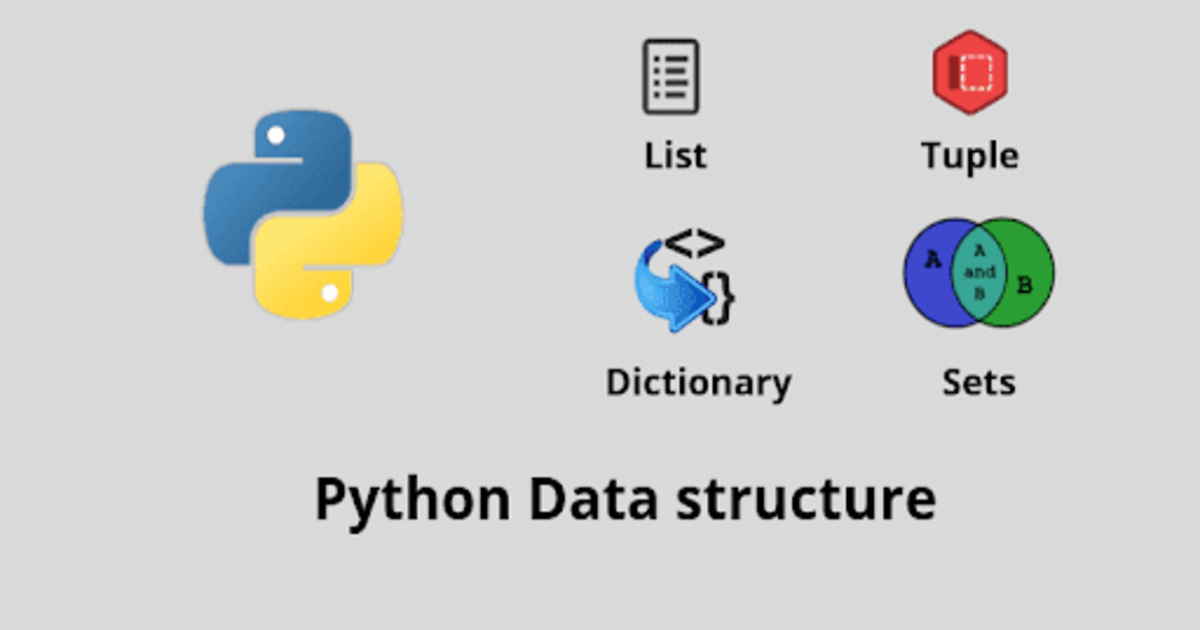
You can find an exhaustive list of string methods in Python here. Remember that you start counting from 0 and that spaces count towards the positions! Is returned because you start counting positions from 0! str1 = 'I got you a cookie' As a result, you refer to the position withinĪt which you find that substring.

Take a look at the following DataCamp Light Chunk and try out some of the integer and float operations!ĮyJsYW5ndWFnZSI6InB5dGhvbiIsInNhbXBsZSI6IiMgRmxvYXRzXG54ID0gNC4wXG55ID0gMi4wXG5cbiMgQWRkaXRpb25cbnByaW50KHggKyB5KVxuXG4jIFN1YnRyYWN0aW9uXG5wcmludCh4IC0geSlcblxuIyBNdWx0aXBsaWNhdGlvblxucHJpbnQoeCAqIHkpXG5cbiMgUmV0dXJucyB0aGUgcXVvdGllbnRcbnByaW50KHggLyB5KVxuXG4jIFJldHVybnMgdGhlIHJlbWFpbmRlclxucHJpbnQoeCAlIHkpIFxuXG4jIEFic29sdXRlIHZhbHVlXG5wcmludChhYnMoeCkpXG5cbiMgeCB0byB0aGUgcG93ZXIgeVxucHJpbnQoeCAqKiB5KSJ9 You can use it for rational numbers, usually ending with a decimal figure, such as 1.11 or 3.14. "Float" stands for 'floating point number'. You can use an integer represent numeric data, and more specifically, whole numbers from negative infinity to infinity, like 4, 5, or -1. In the next sections, you'll learn more about them! Python has four primitive variable types: They are the building blocks for data manipulation and contain pure, simple values of a data. These are the most primitive or the basic data structures.

The former are the simplest forms of representing data, whereas the latter are more advanced: they contain the primitive data structures within more complex data structures for special purposes. Generally, data structures can be divided into two categories in computer science: primitive and non-primitive data structures. This implementation requires a physical view of data using some collection of programming constructs and basic data types. Now, data structures are actually an implementation of Abstract Data Types or ADT. With it, you'll discover methods, functions, and the NumPy package.Īs you read in the introduction, data structures help you to focus on the bigger picture rather than getting lost in the details.

The course gives an introduction to the basic concepts of Python.

PYTHON BASIC DATA STRUCTURES FREE
In DataCamp's free Intro to Python for Data Science course, you can learn more about using Python specifically in the data science context.


 0 kommentar(er)
0 kommentar(er)
